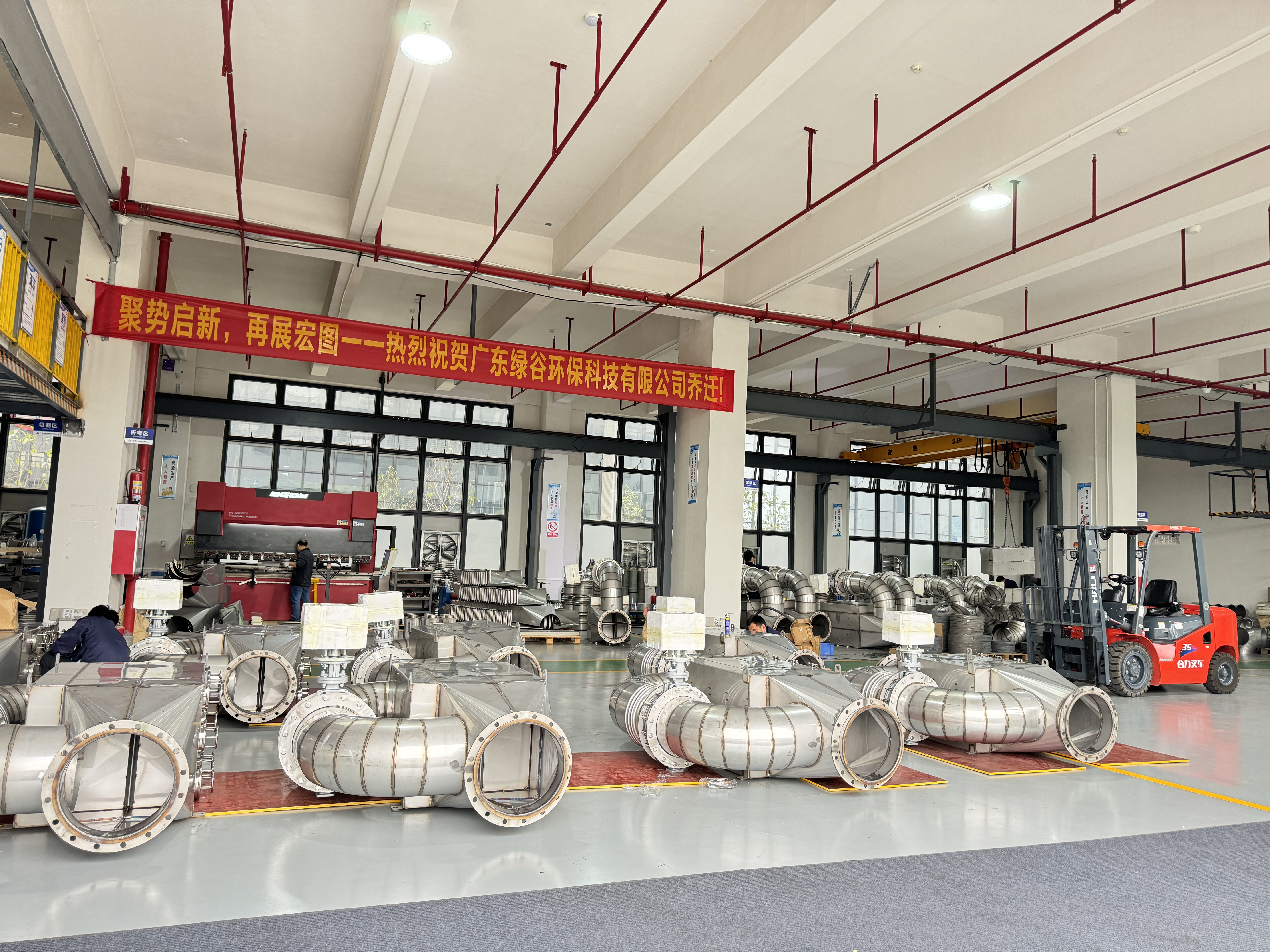Selective Catalytic Reduction (SCR) is a widely adopted technology for reducing nitrogen oxides (NOx) emissions from industrial processes, particularly in power plants, refineries, and marine engines. NOx, a major contributor to air pollution, is known to cause smog, acid rain, and respiratory issues. SCR denitrification offers an efficient and reliable method to mitigate these environmental and health impacts.
The SCR process involves injecting a reducing agent, typically ammonia (NH₃) or urea (CO(NH₂)₂), into the exhaust gas stream. The gas then passes through a catalyst, usually composed of vanadium, titanium, or zeolite, which facilitates a chemical reaction converting NOx into nitrogen (N₂) and water (H₂O). This reaction occurs at temperatures ranging from 250°C to 450°C, making SCR highly effective for high-temperature exhaust systems.
One of the key advantages of SCR is its high NOx removal efficiency, often exceeding 90%. Additionally, the technology is adaptable to various industrial applications and can be integrated with other emission control systems, such as particulate filters and sulfur dioxide scrubbers. However, challenges such as catalyst poisoning, ammonia slip, and high operational costs must be carefully managed to ensure optimal performance.
In conclusion, SCR denitrification is a proven and effective solution for controlling NOx emissions, contributing to cleaner ai r and a healthier environment. As industries continue to face stricter environmental regulations, the adoption and optimization of SCR technology will play a critical role in achieving sustainable development goals.
r and a healthier environment. As industries continue to face stricter environmental regulations, the adoption and optimization of SCR technology will play a critical role in achieving sustainable development goals.
Post time: Feb-22-2025
